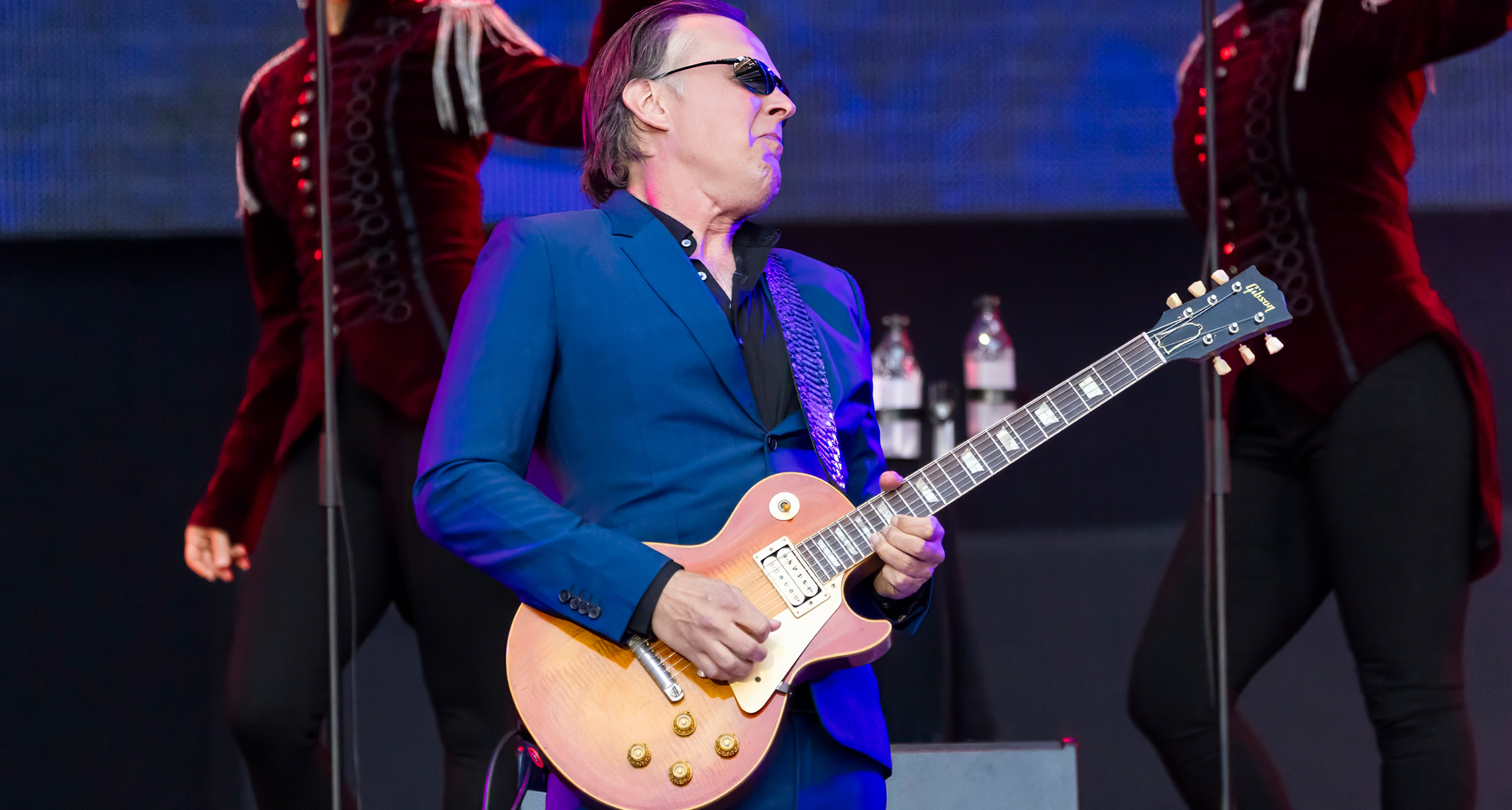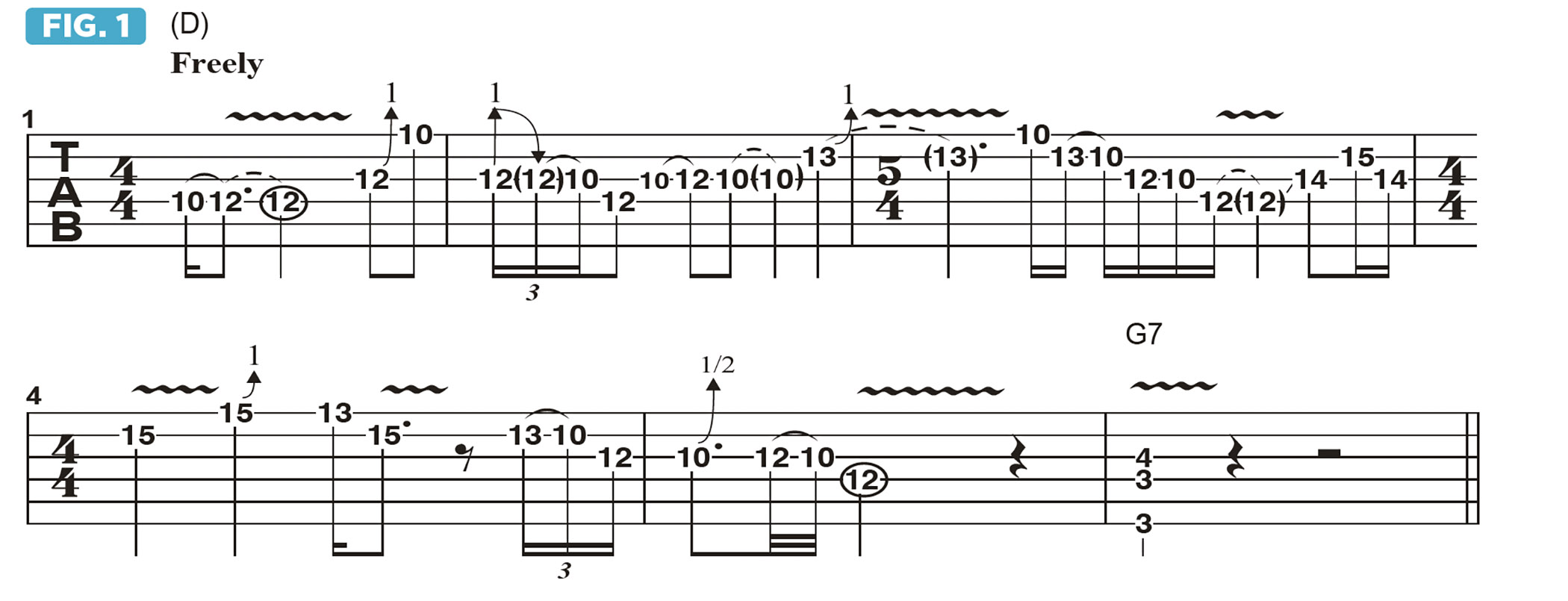“An essential member of one of the greatest American bands of all time”: Joe Bonamassa pays tribute to an unsung Les Paul legend
The Mayor of Nerdville gives us a lesson in the blues style of Tower of Power guitarist Bruce Conte, a player whom JoBo says is one of his favorite guitarists ever

My latest record, Blues Deluxe Vol. 2, features a song called Hope You Realize It, written by me and my good friend Tom Hambridge. We were looking to create an uptempo song in the vein of Tower of Power and decided to go all the way, right up to the lyric, “Are they going to sue us or not?”
All kidding aside, one of my favorite guitarists, especially in regard to a Les Paul player, is TOP’s Bruce Conte. Man, he was killer! Bruce played an all-mahogany ’57 goldtop, so much so that he’d worn through the cover of the neck pickup!
He’d plug straight into a Fender Super Reverb, and his sound was phenomenal. Bruce played almost exclusively on the neck pickup, so we’re going to keep the toggle switch on the Les Paul in the up/neck pickup position.
The vibe of Hope You Realize It is along the lines of TOP’s What Is Hip?, which is played in the key of E. Hope You Realize It is a whole step lower, in the key of D, and begins with single-note guitar lines, shown in Figure 1, that are inspired by Bruce’s great playing on the TOP track.
All of the licks in this figure are based on D minor pentatonic (D, F, G, A, C), and end on a G7 chord. Sticking in 10th position in this way, Figure 2, is also an homage to Bruce.
To me, he treated the Les Paul like a Strat, with clear, bluesy lines played with a clean tone. Figure 3 is a four-bar phrase that begins in 10th position, moves up briefly to 13th position, then ends on the bottom two strings in 8th position.
To stay on the neck pickup and get the lines to jump out with the right kind of presence, you need to have plenty of treble dialed in on the amplifier. This can sometimes make things a little problematic, because when you switch to the bridge pickup, it will be too bright.
All the latest guitar news, interviews, lessons, reviews, deals and more, direct to your inbox!
If I have my amp set that way, I’ll turn my bridge pickup’s tone knob down to 5. This way, when I switch to the bridge pickup, I won’t tear people’s faces off. For these examples, I’m playing through a vintage Fender Vibroverb with two 10” speakers and 6L6 power tubes, so the “punchy” sound is very similar to that of a Super Reverb.
Let’s look at how the sound transitions back and forth between the neck and bridge pickups: in Figure 4, I start on the neck pickup with a two-bar D minor pentatonic phrase in 10th position. In bar 3, I switch to the bridge pickup as I move down to 8th position. The sound has more bite, but there’s a nice balance with the neck pickup. In bar 5, I switch back to the neck pickup.
I always loved Bruce’s finger vibrato, which was wide, fat and very vocal-like. Figure 5 begins and ends with vibratos meant to emulate his signature sound.
Bruce was a funky soloist, great rhythm player and essential member of one of the greatest American bands of all time. It’s nice to pay tribute to your favorite players, but you also want to have your own identity. My approach has always been to pay homage to my heroes and have fun doing it, and hopefully the audience will enjoy it too.
Joe Bonamassa is one of the world’s most popular and successful blues-rock guitarists – not to mention a top producer and de facto ambassador of the blues (and of the guitar in general).





